Tiny Living & Minimalist Lifestyle: Simplify for Fulfillment
Category: Lifestyle
Discover How Tiny Living and Minimalism Can Transform Your Life
If you've found yourself overwhelmed by clutter, daily distractions, or a sense that life could be simpler and more meaningful, you're not alone. Many who reach this post are actively seeking pathways to reduce complexity and create space for what truly matters — whether it’s clarity, peace, or purpose. Your journey led you here because you want practical, actionable guidance on embracing a minimalist lifestyle anchored by tiny living principles, tailored for real-world application rather than theory. This article respects your existing knowledge and desire for no-nonsense insights — skipping fluff and focusing on strategic steps, mindset shifts, and lifestyle adaptations that bring genuine transformation. You'll discover how tiny living and minimalism intersect to help you declutter not just your space but your time and mind. We'll explore common challenges, effective methods for downsizing, and how to align your environment with your values for lasting fulfillment. Our approach is different because it centers on clarity and balance without demanding radical sacrifice — perfect for those ready to simplify life thoughtfully. Read on to unlock the practical tools and inspiration you need to make your minimalist, tiny living dream a reality.
- Discover How Tiny Living and Minimalism Can Transform Your Life
- Understanding Tiny Living: Definition, Principles, and Intentional Space Management
- Core Values of Minimalist Lifestyle: Simplicity, Intentional Living, and Mindfulness
- Benefits of Combining Tiny Living with Minimalism: Mental Clarity, Financial Freedom, Environmental Impact, and Enhanced Wellbeing
- Practical Steps to Start Tiny Living and Minimalism: Decluttering, Downsizing, and Evaluating True Needs
- Designing Functional and Cozy Tiny Spaces: Efficient Layouts, Multi-Functional Furniture, and Maximizing Storage
- Minimalism Beyond Possessions: Cultivating Simple Routines, Digital Detoxes, and Mindful Consumption Habits
- Addressing Challenges and Common Misconceptions: Overcoming Emotional Attachments, Social Pressures, and Fears
- Incorporating Financial Freedom into Tiny Minimalist Living: Budgeting, Reducing Expenses, and Mindful Spending Habits
- Maintaining the Minimalist Mindset Long-Term: Strategies for Habits, Reflection, and Continuous Improvement
- Inspiration and Resources: Real-Life Tiny Living Stories, Recommended Books, and Helpful Minimalist Communities
Understanding Tiny Living: Definition, Principles, and Intentional Space Management
Tiny living is much more than simply downsizing your home; it is a deliberate lifestyle choice centered on maximizing utility and meaning within a compact space. At its core, tiny living involves residing in homes typically under 400 square feet, but the true essence lies in intentional space management—designing your environment to serve clear, prioritized functions that support your values and well-being. This concept seamlessly aligns with minimalism’s core principles: reducing excess, focusing on quality over quantity, and cultivating freedom from material distractions.
The principles of tiny living emphasize:
- Purposeful Ownership: Keeping only what adds value or joy to your life.
- Multi-functionality: Designing spaces and possessions to serve multiple roles, optimizing every inch.
- Mobility and Flexibility: Encouraging adaptable layouts and often mobile dwellings that fit evolving needs.
- Sustainability: Minimizing environmental impact through reduced consumption and smarter resource use.
By adopting these principles, tiny living promotes intentional space management—a practice that extends beyond physical belongings to managing emotional and cognitive clutter. This creates an environment tailored for clarity, ease, and efficiency, allowing you to focus on what truly matters, whether that be relationships, creativity, or personal growth. Embracing tiny living as part of a minimalist lifestyle empowers you to reclaim control over your space and time, fostering lasting simplicity and fulfillment.
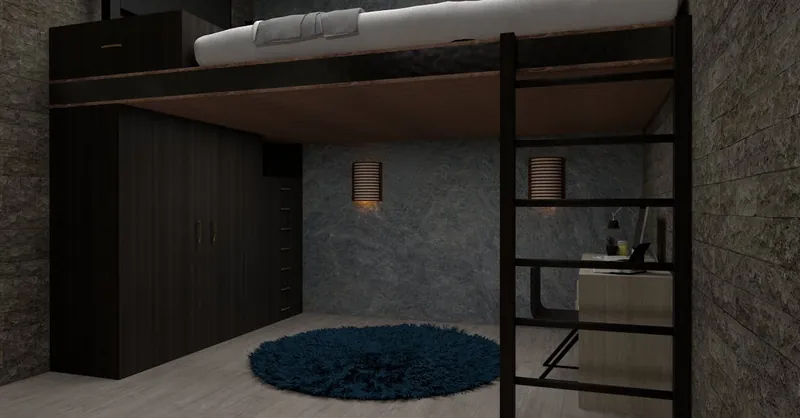
Image courtesy of Pușcaș Adryan
Core Values of Minimalist Lifestyle: Simplicity, Intentional Living, and Mindfulness
At the heart of the minimalist lifestyle are three foundational values that create a transformative way of being: simplicity, intentional living, and mindfulness. These core principles guide not only how you manage your physical environment but also how you approach your time, relationships, and inner well-being.
Simplicity is about stripping away the unnecessary—removing excess possessions, obligations, and mental clutter to reveal the essence of what truly matters. It encourages prioritizing quality over quantity, allowing you to focus your energy on meaningful experiences instead of material accumulation. This reduction leads to clearer spaces, reduced stress, and a greater capacity for joy.
Intentional living builds on simplicity by emphasizing conscious choices aligned with your values and goals. It means actively deciding what you bring into your life—whether belongings, commitments, or habits—and ensuring each one serves a purpose. By living intentionally, you cultivate a purposeful environment and lifestyle that support your well-being and growth rather than detract from it.
Mindfulness anchors minimalism in present-moment awareness, encouraging reflection and a deeper connection with your surroundings and self. Practicing mindfulness helps you recognize impulses driven by consumerism, social pressure, or distraction, enabling more deliberate decisions. It also fosters gratitude and contentment, powerful antidotes to the insatiable desire for more.
Together, these core values create a holistic framework for minimalism that goes beyond aesthetics to nurture lasting fulfillment. Embracing simplicity, intentional living, and mindfulness empowers you to reclaim time, reduce stress, and cultivate a balanced life—essential steps toward thriving in a world that often encourages excess and distraction. This mindset makes tiny living not just a spatial adjustment but a profound lifestyle transformation.
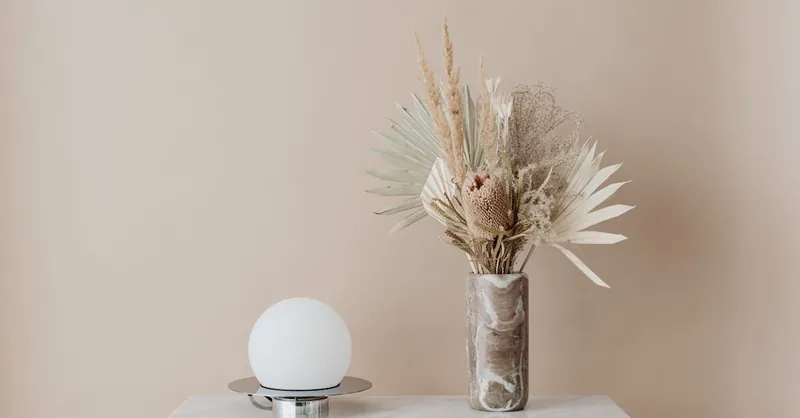
Image courtesy of Photo By: Kaboompics.com
Benefits of Combining Tiny Living with Minimalism: Mental Clarity, Financial Freedom, Environmental Impact, and Enhanced Wellbeing
Integrating tiny living with minimalism amplifies the transformative power of both lifestyles, unlocking profound benefits that ripple across your mental, financial, environmental, and physical wellbeing. This synergy creates a holistic approach to simplicity that goes beyond just reducing possessions or space—it cultivates a purpose-driven life anchored in clarity and freedom.
Mental Clarity and Emotional Ease
By intentionally paring down your living space and belongings, you naturally reduce mental clutter and decision fatigue. A minimal, well-organized tiny home fosters a calm environment that minimizes distractions and overstimulation. This mental clarity supports better focus, reduces anxiety, and promotes a mindful daily rhythm. The process of choosing what to keep sharpens your awareness of what truly matters, reinforcing emotional resilience and a peaceful mindset.
Financial Freedom and Reduced Stress
Downsizing to a tiny home combined with minimalist habits significantly lowers your housing and lifestyle costs. Lower utility bills, decreased maintenance needs, and less spending on unnecessary items translate into more disposable income and the ability to save or invest. This financial freedom alleviates stress related to debt and obligations, empowering you to pursue passions, reduce work hours, or experience unconventional lifestyles without the burden of excess financial demands.
Positive Environmental Impact
Both tiny living and minimalism drive you toward sustainable consumption and resource efficiency. Smaller homes require fewer materials to build and less energy to heat, cool, and power. Minimalism curbs the impulse to overconsume, reducing waste and carbon footprint. Together, they encourage a life in harmony with nature—one that respects planetary boundaries while promoting conscious use of resources.
Enhanced Physical and Emotional Wellbeing
Living simply in a tiny space encourages healthier habits, like mindfulness, intentional movement, and better sleep, thanks to a less cluttered and more restful environment. The minimal lifestyle nurtures contentment by shifting focus from material accumulation to experiences, relationships, and self-care. This alignment supports overall wellbeing, cultivating balance, vitality, and a deeper connection to your environment and community.
By embracing the combined benefits of tiny living and minimalism, you create a sustainable, fulfilling lifestyle that nurtures every aspect of your life—from your mind and wallet to the planet and your personal happiness. This powerful pairing is not just a design choice, but a practical and inspiring path toward long-lasting simplicity and freedom.
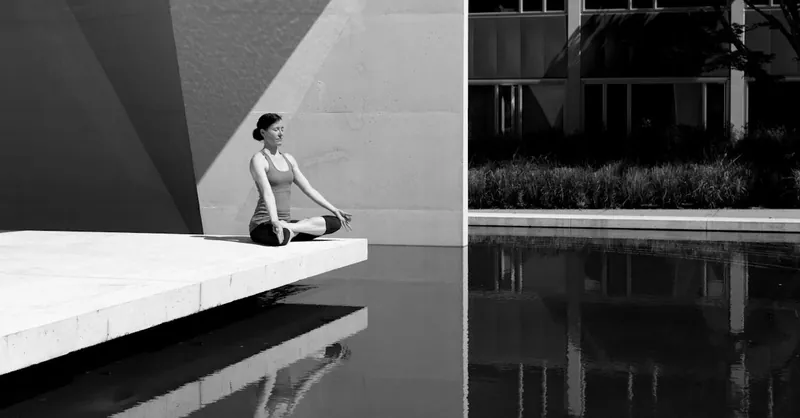
Image courtesy of Pixabay
Practical Steps to Start Tiny Living and Minimalism: Decluttering, Downsizing, and Evaluating True Needs
Embarking on a journey toward tiny living and minimalism begins with deliberate action—practical steps that simplify your environment and align your possessions with your core values. The cornerstone of this transformation is decluttering, a mindful process of reassessing what you truly need and what no longer serves your life. Start by categorizing your belongings into essentials, items of sentimental value, and distractions or excess. Ask yourself: Does this object contribute to my daily happiness, functionality, or well-being? If the answer is no, it’s a prompt to let go.
Following decluttering, downsizing possessions means embracing quality over quantity—choosing multifunctional, versatile items that maximize limited space without sacrificing comfort or usefulness. Downsizing often involves challenging emotional attachments, but focusing on the benefits of a lighter, freer lifestyle can provide motivation. Additionally, evaluating your true needs—beyond material goods to consider your routines, habits, and commitments—anchors your minimalist practice in intentional living. This evaluation helps prevent replacement clutter and fosters sustainable habits that support your tiny living goals.
Key Practical Actions to Begin Your Tiny Living Minimalism Journey
- Start Small and Room-by-Room: Begin with one area—like a closet or kitchen drawer—making decisions manageable and preventing overwhelm.
- Set Realistic Goals: Define clear, attainable objectives such as reducing possessions by a specific percentage or fitting everything into designated storage.
- Implement One-In, One-Out Rule: For every new item brought in, remove an existing one to maintain balance and avoid gradual accumulation.
- Use Storage Solutions Wisely: Opt for space-saving and multi-use organizers, under-bed storage, or vertical shelving to maximize your compact living space.
- Practice Regular Reflection: Schedule periodic reviews of your belongings and lifestyle to stay aligned with your evolving needs and values.
By taking these intentional, practical steps, you create a sustainable foundation for tiny living and minimalism—transforming your space and mindset alike. This active approach is key to unlocking the freedom, clarity, and fulfillment that come from living simply and purposefully.
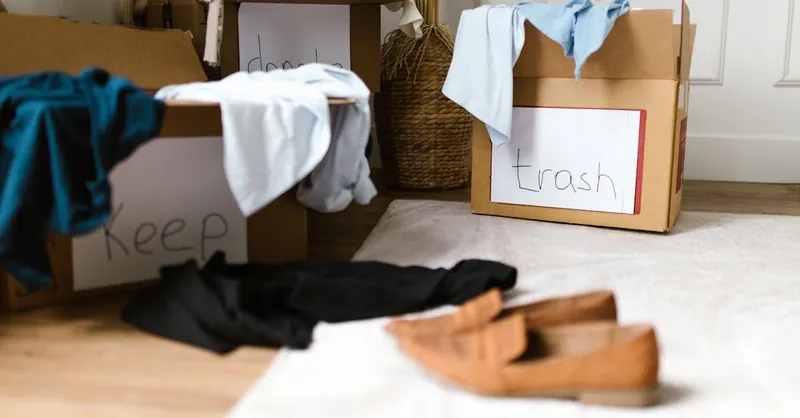
Image courtesy of RDNE Stock project
Designing Functional and Cozy Tiny Spaces: Efficient Layouts, Multi-Functional Furniture, and Maximizing Storage
Creating a functional and cozy tiny living space requires intentional design strategies that maximize every inch without sacrificing comfort or style. The key is to adopt efficient layouts that promote fluid movement and clear zoning for different activities, such as sleeping, cooking, working, and relaxing—all within a limited footprint. Open floor plans or flexible partitions often help preserve a sense of spaciousness, while carefully planned lighting enhances warmth and ambiance. Prioritizing multi-functional furniture—like fold-away beds, expandable tables, or storage ottomans—enables you to use the same piece for multiple purposes, significantly reducing clutter and increasing usability. When furniture serves dual or even triple purposes, you optimize floor space and create room for living rather than just storing.
Equally critical to efficient design is maximizing storage solutions that keep possessions out of sight yet readily accessible. Vertical storage options, hidden compartments, under-bed drawers, and wall-mounted shelves allow you to take advantage of often overlooked spaces. Employing modular storage systems configured to your personal needs helps maintain order, prevents accumulation of unnecessary items, and supports your minimalist values by highlighting intentional ownership. Together, these design principles ensure your tiny home feels not only practical but inviting—a true sanctuary that nurtures both productivity and relaxation. Embracing intelligent design that blends adaptability, comfort, and space optimization is essential for thriving in a minimalist tiny living environment where simplicity meets smart functionality.
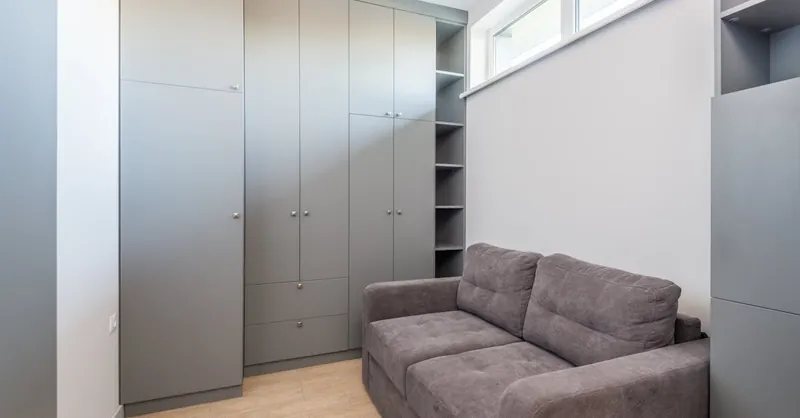
Image courtesy of Max Vakhtbovycn
Minimalism Beyond Possessions: Cultivating Simple Routines, Digital Detoxes, and Mindful Consumption Habits
Minimalism extends well beyond just reducing physical belongings—it’s equally about streamlining your daily routines, detoxifying your digital environment, and developing mindful consumption habits that foster sustainable simplicity and deeper presence. Embracing minimalism in these dimensions helps create a holistic lifestyle that nurtures balance, reduces overwhelm, and reinforces intentional living.
Simplify Your Daily Routines for Greater Ease and Focus
Establishing simple, intentional routines is a powerful way to minimize decision fatigue and conserve mental energy. Streamline your mornings and evenings by identifying essential tasks that align with your priorities, such as mindful meditation, preparing nourishing meals, or dedicating time to creative pursuits. Reducing complexity in your schedule allows you to:
- Prioritize meaningful activities over busywork.
- Build consistent habits that reinforce well-being.
- Create mental space to respond thoughtfully to life instead of reacting impulsively.
By designing minimal yet effective routines, you cultivate an environment where time itself becomes an invaluable resource rather than a source of stress.
Embrace Digital Detox to Reclaim Attention and Presence
In today’s hyperconnected world, digital overload is a major barrier to minimalism and mindful living. Implementing regular digital detoxes—whether short breaks from social media, limiting screen time, or designating tech-free zones—helps reduce distractions and restores your capacity for focus and calm. Benefits of digital minimalism include:
- Enhanced mental clarity and reduced anxiety.
- Greater ability to be present in relationships and activities.
- Prevention of compulsive consumption triggered by endless notifications.
Purposely managing your digital inputs is essential to maintaining a minimalist mindset, as it frees your mind from incessant noise, allowing you to engage more fully with your environment and values.
Cultivate Mindful Consumption Habits to Support Sustainability and Intentionality
Minimalism encourages conscious, selective consumption—being deliberate about what you bring into your life to reduce waste, save resources, and foster quality over quantity. Mindful consumption means:
- Asking “Do I truly need this?” before every purchase.
- Favoring durable, ethically made products that align with your values.
- Choosing experiences and relationships over material possessions.
This habit curtails impulsive buying and encourages thoughtful investment in items and services that genuinely enhance your life while minimizing environmental impact. Over time, mindful consumption reinforces your commitment to a simpler, more meaningful lifestyle rooted in tiny living principles.
By expanding minimalism into your routines, digital habits, and consumption choices, you create a comprehensive framework for intentional living that transcends material decluttering. This approach deepens your connection to what matters most—time, presence, and purpose—while supporting lasting simplicity and fulfillment in every aspect of your life.
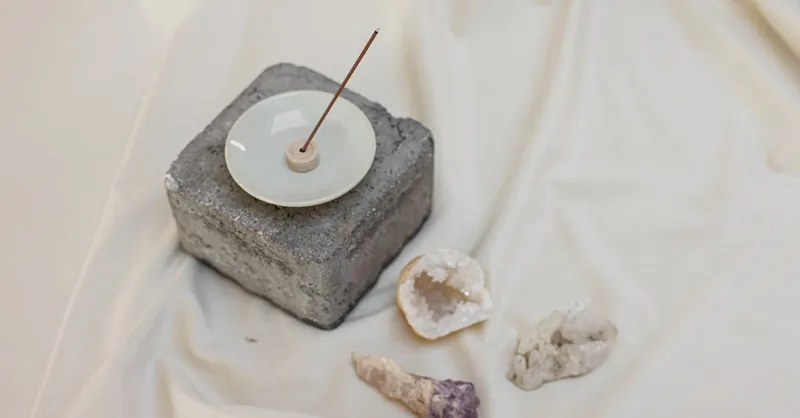
Image courtesy of Cup of Couple
Addressing Challenges and Common Misconceptions: Overcoming Emotional Attachments, Social Pressures, and Fears
Transitioning to tiny living and a minimalist lifestyle often brings emotional and social challenges that can feel daunting but are entirely manageable with the right mindset and strategies. One of the most common obstacles is overcoming emotional attachments to belongings—items that hold memories or a sense of security. Recognizing that memories and identity are not contained in things but within you is a crucial mindset shift. Practicing gratitude for what an object has given you while affirming your choice to prioritize simplicity softens the process of letting go. Techniques such as photographing sentimental items before parting with them or repurposing cherished belongings can ease emotional resistance.
Another significant hurdle is navigating social pressures and cultural norms that often equate success with material accumulation and larger living spaces. Embracing minimalism requires confidence to honor your values over external expectations, which can sometimes mean politely setting boundaries or choosing a supportive community with similar goals. Remember, tiny living and minimalism are not about deprivation but about intentional freedom, which is a powerful narrative to hold onto when facing skepticism or criticism.
Fears around change, such as concerns about lack of space, loss of comfort, or financial instability, are natural but can be mitigated through careful planning and gradual implementation. Building a step-by-step approach, starting small, and celebrating incremental wins boosts confidence and resilience. Additionally, educating yourself about the benefits and connecting with experienced tiny living minimalists through blogs, forums, or local groups provides practical wisdom and emotional support.
By addressing these challenges head-on—taming emotional attachments, resisting social pressures, and confronting fears with purposeful action—you fully unlock the empowering potential of tiny living and minimalism. This proactive approach not only simplifies your environment but also strengthens your mindset, fostering lasting clarity, peace, and fulfillment.
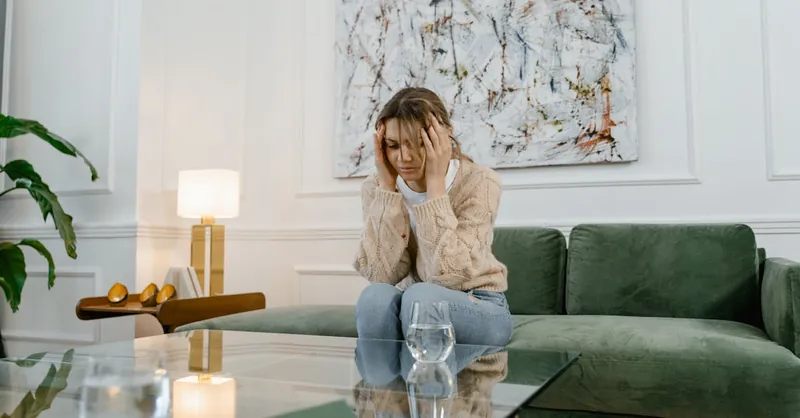
Image courtesy of MART PRODUCTION
Incorporating Financial Freedom into Tiny Minimalist Living: Budgeting, Reducing Expenses, and Mindful Spending Habits
One of the most empowering benefits of combining tiny living and a minimalist lifestyle is the potential for genuine financial freedom. By intentionally downsizing your living space and prioritizing what truly matters, you naturally reduce your overall expenses—creating more room in your budget for savings, investments, or experiences that align with your values. Effective budgeting is essential to sustain this freedom, helping you track spending, allocate resources mindfully, and avoid the trap of consumerism that minimalist living resists.
Strategic Budgeting for Minimalist Tiny Living
A minimalist budget focuses on essentials first—housing, utilities, food, transportation—while intentionally trimming discretionary expenses linked to clutter, overconsumption, or large living spaces. You can enhance your budgeting strategy by:
- Setting realistic spending limits that reflect your downsized lifestyle rather than societal norms.
- Prioritizing long-term financial goals such as debt repayment, emergency funds, or retirement savings.
- Regularly reviewing expenses to identify patterns of unnecessary spending or subscription services that no longer add value.
Reducing Expenses through Tiny Living Choices
Living in a tiny home inherently cuts costs like mortgage or rent, property taxes, utility bills, and maintenance. Beyond this, adopting minimalist habits reinforces cost reduction by:
- Limiting impulse purchases through mindful consumption and the one-in, one-out rule.
- Adopting DIY or repair over replacement to extend the lifecycle of belongings.
- Choosing multi-functional items that save money and space simultaneously.
- Reducing energy and resource usage with efficient appliances and sustainable habits.
Cultivating Mindful Spending Habits for Lasting Financial Health
Mindful spending is the cornerstone of financial freedom within minimalism and tiny living. It means engaging in conscious decision-making about every purchase, asking critical questions such as: Does this align with my values? Will this add meaningful utility or joy? This habit counters consumer culture’s pressure and prevents clutter accumulation that undermines both your minimalist lifestyle and finances.
By weaving budgeting, expense reduction, and mindful spending into your tiny living journey, you build a robust financial foundation that enhances your overall well-being. This approach not only supports simpler living but actively fosters independence from consumer debt and financial stress—key components to thriving within a minimalist, tiny home lifestyle.
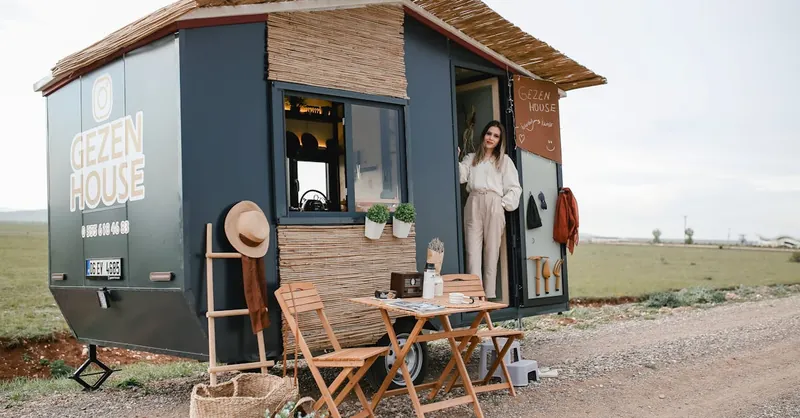
Image courtesy of Melike B
Maintaining the Minimalist Mindset Long-Term: Strategies for Habits, Reflection, and Continuous Improvement
Sustaining a minimalist mindset over the long term requires intentional habits, regular self-reflection, and a commitment to continuous improvement. The core challenge is to prevent the gradual creep of clutter, distractions, and consumer impulses that can undermine progress. Maintaining clarity and intentionality involves adopting daily and periodic practices that recalibrate your goals and reinforce your values, ensuring that minimalism remains a dynamic lifestyle rather than a one-time purge.
Daily Habits to Reinforce Minimalist Living
- Consistent Decluttering Rituals: Spend a few minutes each day putting away items, discarding what’s unnecessary, and preventing new clutter from accumulating.
- Mindful Purchasing Decisions: Practice the “pause and evaluate” method before acquiring anything new—asking yourself if the item truly serves your needs or aligns with your values.
- Gratitude Journaling: Regularly acknowledge the benefits of simplicity and the essentials you already possess, which fuels contentment and reduces the urge for excess.
- Digital Mindfulness: Set intentional screen time limits and prioritize meaningful digital engagement to maintain mental space and reduce distraction.
Reflective Practices for Ongoing Alignment
Periodic reflection is critical to align your lifestyle with evolving needs and to prevent stagnation or regression. Implement monthly or quarterly check-ins where you:
- Evaluate possessions and habits against your core values.
- Identify new sources of clutter, both physical and mental, and develop strategies to address them.
- Reassess routines and commitments to ensure they serve your wellbeing and simplicity goals.
- Celebrate milestones and lessons learned to boost motivation and resilience.
Embracing Continuous Improvement
Minimalism is not about perfection but about progressive refinement. Embrace a flexible mindset that welcomes adjustments and learning over time. This includes:
- Experimenting with new organizational tools or habits that enhance ease and flow.
- Seeking inspiration from minimalist communities, books, or blogs to refresh your perspective.
- Recognizing when old habits no longer serve you and courageously letting them go.
- Viewing setbacks as opportunities for growth rather than failure.
By integrating these strategies into your daily life and mindset, you create a sustainable minimalist practice that evolves with you—supporting a simplified, meaningful lifestyle rooted in tiny living principles. This ongoing commitment fortifies your clarity, reduces overwhelm, and deepens the freedom and fulfillment that minimalism promises.
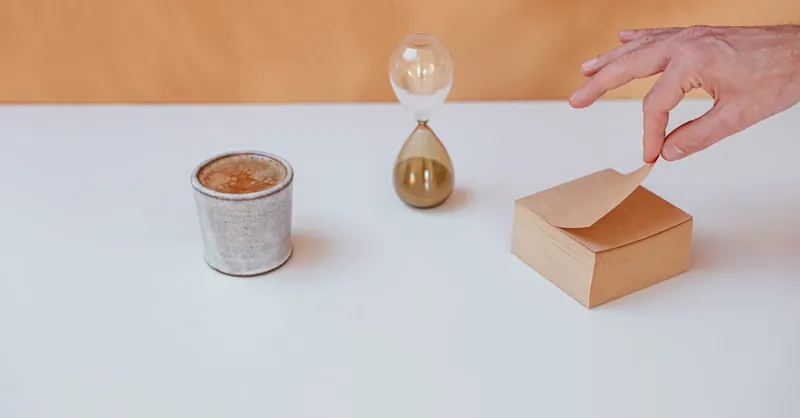
Image courtesy of Cup of Couple
Inspiration and Resources: Real-Life Tiny Living Stories, Recommended Books, and Helpful Minimalist Communities
Embracing tiny living and minimalism becomes more tangible and motivating when you connect with real-life stories of individuals and families who have transformed their lives through these lifestyles. These personal journeys reveal diverse paths to simplicity, showcasing practical challenges, creative solutions, and the profound fulfillment that arises from intentional downsizing. Exploring these narratives not only inspires but also provides actionable insights on navigating emotional attachments, space maximization, and mindset shifts integral to tiny living success.
For those eager to deepen their understanding and commitment, recommended books serve as invaluable guides, offering frameworks, tips, and philosophies that enrich your minimalist journey. Key titles frequently cited by experienced minimalist tiny dwellers include:
- “The Life-Changing Magic of Tidying Up” by Marie Kondo – A transformative approach to decluttering through joyful possessions.
- “Minimalism: Live a Meaningful Life” by Joshua Fields Millburn & Ryan Nicodemus – Insights into intentional living beyond possessions.
- “Tiny Homes: Simple Shelter” by Lloyd Kahn – An inspiring collection of tiny house designs and lifestyles.
- “Goodbye, Things” by Fumio Sasaki – Personal experiences emphasizing freedom through letting go.
Beyond books, engaging with supportive minimalist communities—both online and offline—can dramatically enhance your experience. Forums, social media groups, and local meetups connect you with like-minded individuals, offering encouragement, resource sharing, and practical advice tailored to the tiny living lifestyle. Some popular platforms to explore include:
- Reddit’s r/minimalism and r/TinyHouses communities.
- Facebook groups dedicated to minimalist living and tiny homes.
- Influential Podcasts such as “The Minimalists” and “Tiny House Lifestyle.”
- Local workshops or minimalist meetups fostering face-to-face connection and hands-on learning.
By immersing yourself in these rich resources and engaging with real-world examples, you build a robust foundation of inspiration, knowledge, and support. This network empowers you to overcome challenges, refine your approach, and maintain enthusiasm as you simplify your life with intention and clarity.
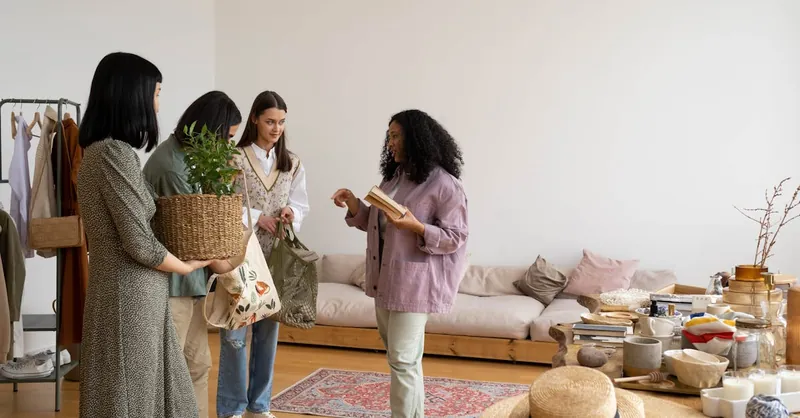
Image courtesy of Ron Lach
